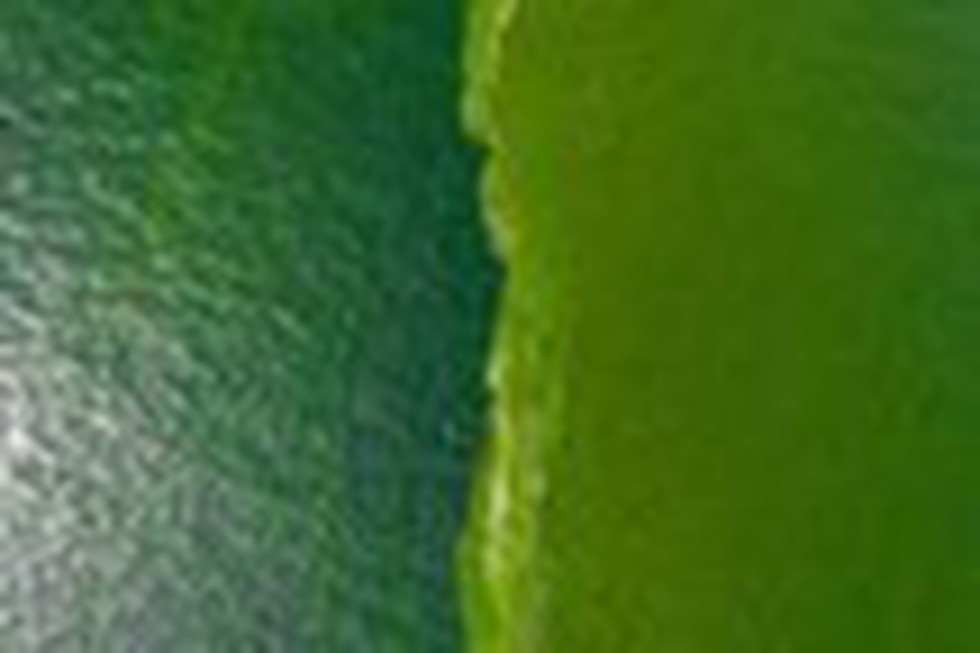About Plankton:
- The word “plankton” comes from the Greek for “drifter” or “wanderer.”
- An organism is considered plankton if it is carried by tides and currents and cannot swim well enough to move against these forces.
- The most basic categories divide plankton into two groups: phytoplankton (plants) and zooplankton (animals).
- Phytoplankton are microscopic plants, but they play a huge role in the marine food web.
- Like plants on land, phytoplankton perform photosynthesis to convert the sun’s rays into energy to support them, and they take in carbon dioxide and produce oxygen.
- Zooplankton includes microscopic animals (krill, sea snails, pelagic worms, etc.), the young of larger invertebrates and fish, and weak swimmers like jellyfish. Most zooplankton eat phytoplankton.
What is Plankton bloom?
- Phytoplankton population explosion occurs when sunlight and nutrients are abundantly available to the plants.
- They grow and reproduce to a point where they are so dense that their presence changes the colour of the water in which they live.
- Blooms can be quick events that begin and end within a few days, or they may last several weeks.
- These plants grow so dense that it changes the colour of the water they live in.
Key Facts about the Gulf Of Thailand
- It is a shallow inlet of the South China Sea located in the western part of the Pacific Ocean.
- It is surrounded by the countries of Thailand, Cambodia, and Vietnam.
- The gulf was formerly known as the Gulf of Siam, and in the modern Thai language, the Gulf is referred to as Ao Thai (“Thai Gulf”).
- Many notable rivers discharge their freshwater and sediments into the Gulf of Thailand, which include the Chao Phraya River along with its distributaries, the Bang Pakong, the Tha Chin, and the Mae Klong rivers.
